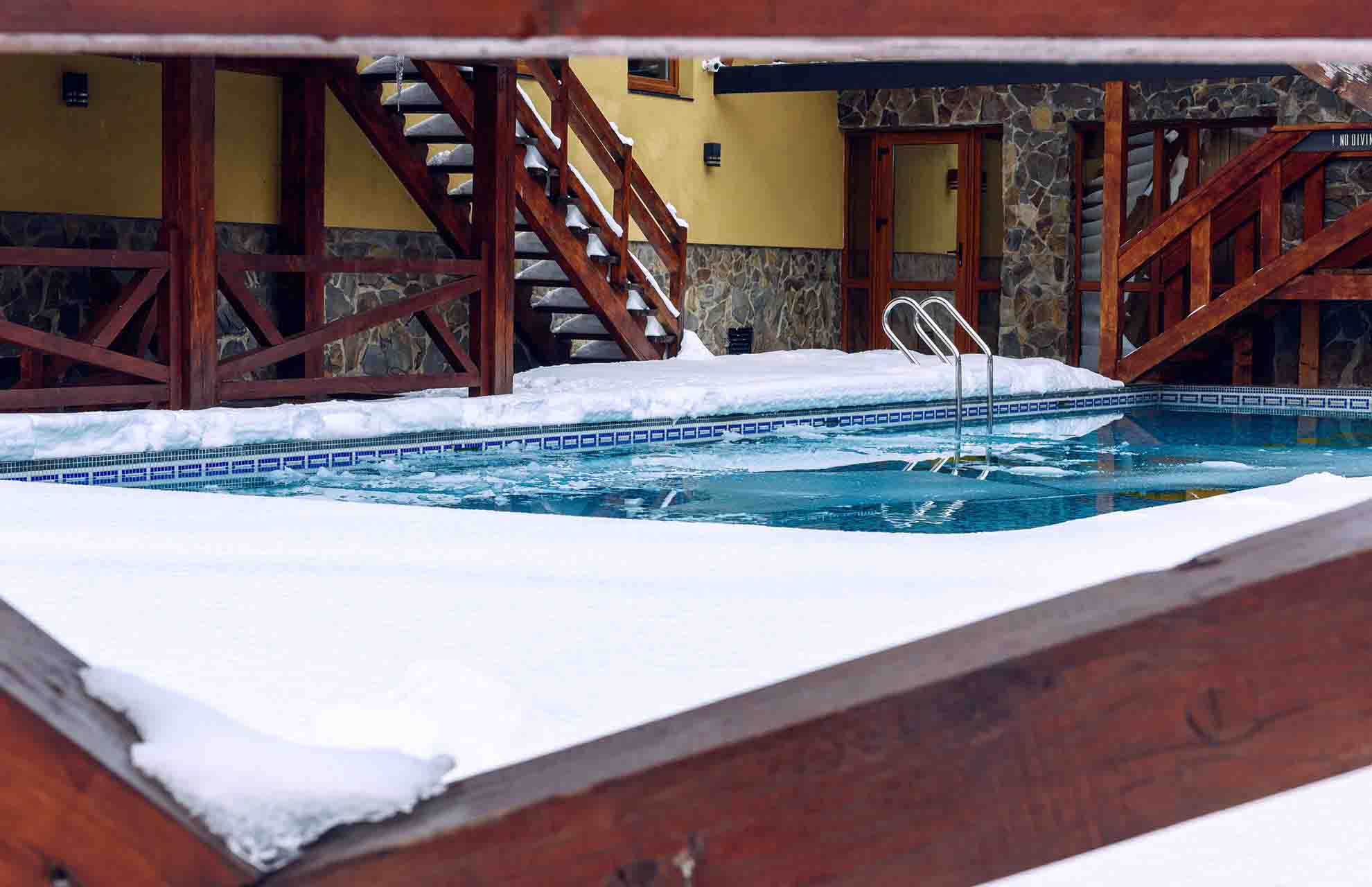Your cart is currently empty!
How To Winterize A Pool In Michigan

Preparing Your Pool for Winter: A Comprehensive Guide to Closing
As the vibrant colors of summer fade into the golden hues of autumn, it’s time to bid farewell to poolside relaxation and prepare your beloved swimming pool for the cold embrace of winter. Properly closing your pool for the winter season is crucial to ensure its longevity and a hassle-free opening when warmer days return. In this comprehensive guide, we’ll walk you through the steps to effectively close your pool and protect it from the harsh winter elements.
1. Clean and Balance:
Before you start the actual closing process, make sure your pool is sparkling clean. Skim the surface, vacuum the pool floor, and brush the walls to remove any debris, leaves, and dirt. Then, test and balance the water chemistry to ensure the pH, alkalinity, and sanitizer levels are within the recommended ranges. This prevents scale buildup, corrosion, and algae growth during the winter months.
2. Shock Treatment:
Give your pool a shock treatment by adding a higher dose of chlorine to kill any remaining bacteria or algae. This helps to maintain water clarity and prevent contamination while the pool is inactive.
3. Backwash and Clean the Filter:
Clean or backwash your pool’s filter system to ensure it’s free from debris that could cause clogs or strain the equipment during the winter.
4. Lower the Water Level:
To avoid potential damage from freezing, lower the water level in your pool. For most pools, it’s recommended to lower the water level below the skimmer mouth and return lines.
5. Drain and Blow Out the Lines:
If you live in an area where freezing temperatures are common, it’s important to drain and blow out the pool’s plumbing lines to prevent water from freezing and causing damage. This can be done using a shop vacuum or a pool-specific blower.
6. Add Winterizing Chemicals:
Introduce winterizing chemicals, such as algaecide and antifreeze, to the pool water. These chemicals help prevent algae growth and protect the plumbing lines from freezing.
7. Install Winterizing Accessories:
Cover your pool with a sturdy and properly-fitted pool cover to prevent debris from entering and keep the water clean. Depending on the type of cover you’re using, you may need water bags, cover clips, or a cable and winch system to secure it in place.
8. Protect Equipment:
Remove and store any removable pool equipment, such as ladders, baskets, and skimmer lids. If you have a heater, filter, or pump that’s vulnerable to freezing, consider either covering it or removing it for the winter.
9. Monitor Throughout the Winter:
Even though your pool is closed, occasional monitoring is necessary. Clear off debris from the cover to prevent it from sagging into the pool, and periodically check the water level to ensure it doesn’t get too low or too high.
10. Plan for Spring:
As winter fades and spring approaches, it will be time to reopen your pool. Start by removing the cover, cleaning it thoroughly, and then following a systematic process to reverse the winterizing steps you’ve taken.
In conclusion, closing your pool for the winter involves a series of steps designed to protect your investment and make the reopening process smoother. Taking the time to properly clean, balance, and winterize your pool can save you from potential damage and costly repairs. Remember, a well-closed pool in the fall leads to a hassle-free, inviting pool in the spring.
Tags:

 TRACK MY ORDER
TRACK MY ORDER